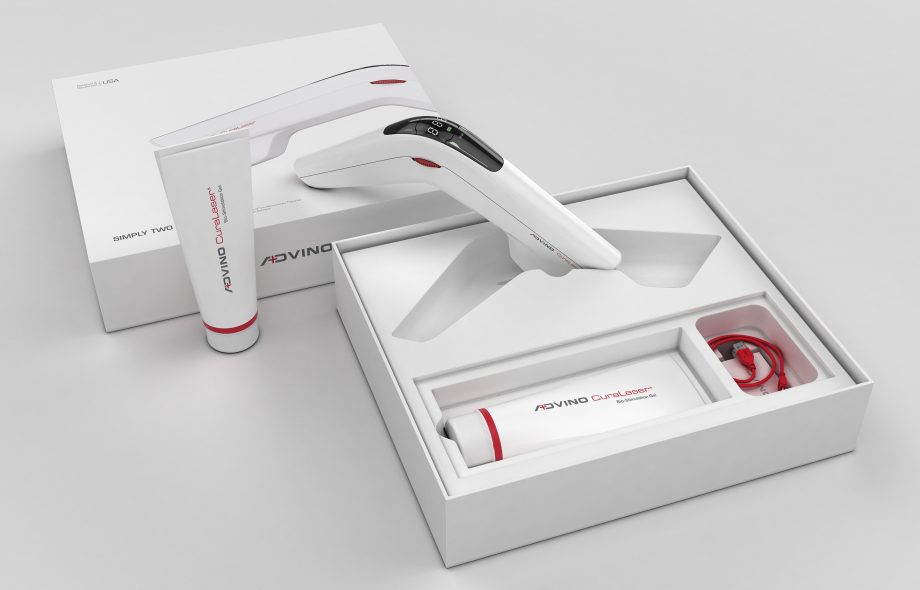In the realm of physiotherapy, technological advancements have revolutionized the approach to pain relief and rehabilitation. One of the most notable developments in recent years is the introduction of the physiotherapy latest pain relief machines designed specifically for physiotherapy practices. These machines integrate cutting-edge technology with therapeutic principles to provide targeted relief for various types of pain and discomfort, enhancing the effectiveness and scope of treatment options available to physiotherapists.
Understanding Physiotherapy and Pain Relief Machines
Physiotherapy is a specialized branch of healthcare focused on restoring movement and function to individuals affected by injury, illness, or disability through physical methods such as exercise, massage, and electrotherapy. Pain relief machines used in physiotherapy settings complement traditional therapeutic techniques by offering additional modalities that can be tailored to address specific patient needs.
The Evolution of Pain Relief Machines in Physiotherapy
Traditionally, physiotherapy relied heavily on manual techniques such as massage and joint mobilization. While these methods remain fundamental, technological advancements have expanded the repertoire of tools available to physiotherapists. The evolution of pain relief machines has been driven by innovations in electronics, materials science, and biomedical engineering, resulting in devices that are more efficient, effective, and versatile in managing pain and promoting rehabilitation.
Key Features of the Latest Pain Relief Machines
- Electrotherapy Devices: These machines utilize electrical impulses to stimulate nerves and muscles, aiding in pain relief and muscle rehabilitation. Common types include:
- TENS (Transcutaneous Electrical Nerve Stimulation) units deliver low-voltage electrical currents through electrodes placed on the skin, blocking pain signals and stimulating the production of endorphins, the body’s natural painkillers.
- EMS (Electrical Muscle Stimulation) devices induce muscle contractions to improve muscle strength, enhance blood circulation, and reduce muscle spasms, benefiting patients recovering from injuries or undergoing rehabilitation.
- Ultrasound Therapy: This modality employs high-frequency sound waves to generate deep heat within body tissues. Ultrasound therapy promotes tissue relaxation, increases local blood flow, and accelerates healing processes, making it effective for treating conditions such as tendonitis, sprains, and muscle spasms.
- Laser Therapy: Also known as low-level laser therapy (LLLT) or cold laser therapy, this approach utilizes low-intensity laser light to penetrate tissues and stimulate cellular activity. Laser therapy reduces inflammation, relieves pain, and promotes tissue repair, offering non-invasive treatment options for conditions like arthritis, carpal tunnel syndrome, and chronic pain syndromes.
- Cryotherapy Devices: These machines apply targeted cold therapy to reduce inflammation, numb nerve endings, and alleviate pain associated with acute injuries or post-operative rehabilitation. Cryotherapy aids in controlling swelling and enhancing recovery, particularly in sports injuries and orthopedic conditions.
- Compression Therapy: Utilizing pneumatic compression, these devices improve circulation, reduce swelling, and manage pain associated with conditions such as lymphedema and deep vein thrombosis. Compression therapy promotes venous return and aids in the prevention of blood clots, supporting post-surgical recovery and chronic disease management.
Technological Advancements and Innovations
Recent technological advancements have enhanced the usability, efficacy, and patient comfort of pain relief machines in physiotherapy:
- Portability and Accessibility: Many modern devices are lightweight and portable, allowing patients to receive treatment conveniently in clinical settings or at home under the guidance of a physiotherapist.
- Wireless Connectivity: Some devices feature wireless connectivity and integration with mobile apps, enabling remote monitoring of treatment sessions and adjustments to therapy parameters based on real-time data and patient feedback.
- User-Friendly Interfaces: Intuitive interfaces and touchscreen displays facilitate ease of use for both physiotherapists and patients, ensuring efficient setup and operation during treatment sessions.
Applications Across Different Conditions
Pain relief machines in physiotherapy are versatile tools used to treat a wide range of conditions, including:
- Musculoskeletal Disorders: Such as osteoarthritis, rheumatoid arthritis, back pain, and sports injuries.
- Neurological Conditions: Including stroke rehabilitation, neuropathic pain, and spinal cord injuries.
- Post-Surgical Rehabilitation: To manage pain, reduce swelling, and promote tissue healing following orthopedic surgeries or joint replacements.
- Chronic Pain Syndromes: Such as fibromyalgia, complex regional pain syndrome (CRPS), and chronic lower back pain.
Each type of pain relief machine is selected based on the specific needs and condition of the patient, as well as the goals of their individualized treatment plan developed by the physiotherapist.
Challenges and Considerations in Implementing Pain Relief Machines
While pain relief machines offer significant therapeutic benefits, their successful implementation in physiotherapy practice requires careful consideration of several factors:
- Clinical Evidence: Physiotherapists must ensure that the selected machine has sufficient clinical evidence supporting its efficacy in treating the targeted condition or symptom.
- Patient Suitability: Evaluation of whether the patient’s medical history and condition make them a suitable candidate for the chosen therapy, considering factors such as skin sensitivity, allergies, and potential contraindications.
- Training and Certification: Physiotherapists must undergo training and certification to effectively operate pain relief machines, interpret treatment outcomes, and adjust therapy parameters to optimize patient care and safety.
Future Directions in Pain Relief Technology
Looking ahead, ongoing research and development in pain relief technology aim to expand the capabilities and applications of physiotherapy machines:
- Smart Technology Integration: Incorporating artificial intelligence (AI) algorithms to analyze patient data and customize treatment plans based on individual responses and progress.
- Miniaturization and Wearable Devices: Developing smaller, wearable pain relief devices that provide continuous therapeutic benefits and mobility support, particularly for chronic pain management and rehabilitation.
- Regenerative Therapies: Exploring advanced modalities such as stem cell therapy and regenerative medicine to promote tissue repair, reduce inflammation, and alleviate chronic pain associated with musculoskeletal and neurological disorders.
Conclusion
The integration of the latest pain relief machines into physiotherapy practice represents a significant advancement in the field of rehabilitation and pain management. By leveraging advanced technology alongside established therapeutic techniques, these machines enhance the effectiveness, efficiency, and patient-centered approach of physiotherapeutic interventions. As research and innovation continue to drive the development of pain relief technology, physiotherapists are empowered to deliver personalized and comprehensive care, ultimately improving outcomes and enhancing the quality of life for patients experiencing pain and functional limitations.
 :
https://curalaser.com/
:
https://curalaser.com/












